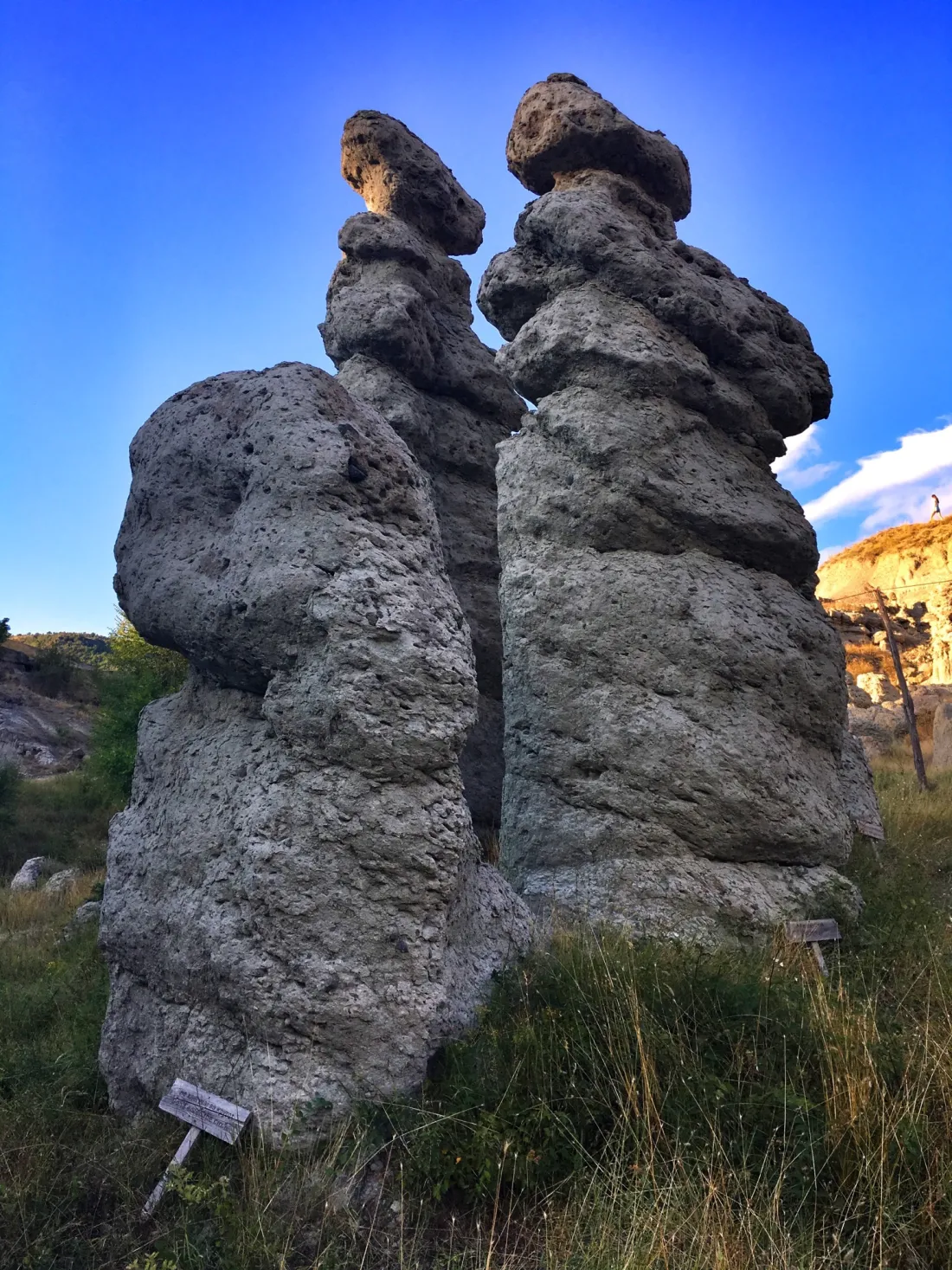Like ecstasy is to an electronic musical festival, so is having a rental car in Macedonia. Sure, you can still have a wonderful time traveling around the country using its (mostly) Yugoslav era public transportation options, but it will be a much deeper experience and all the more enjoyable when you have the luxury of going wherever you want, whenever you want.
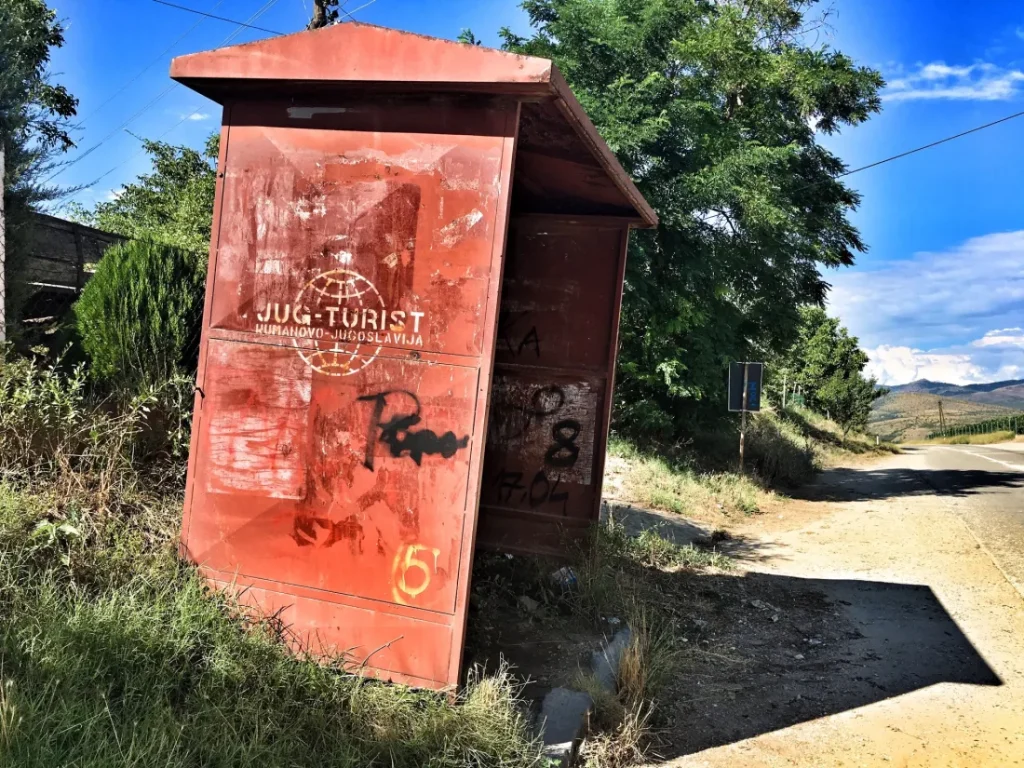
If you’re starting off in the capital, Skopje, you can easily find a car to rent for under 40 euros a day and gas prices that are some of the cheapest in Europe. You can also then venture out into the Northeastern region of the country and explore some of Macedonia’s most interesting – and tourist deplete – sights like it ain’t no thing. None of them take more than an hour or two to reach and can easily fit all into a massive day trip or spread them out over two or three days depending on your desired pace.
Kokino
About an hour north of Skopje, just 25 kilometers from Kumanovo, is the prehistoric archeological site of Kokino. More than just a pile of rocks as it might appear at first glance, it is actually one of the oldest astronomical observatories in the world dating back to around the 19th century B.C. I didn’t even know history existed that long ago, but then again I am a gypsy and not a historian.
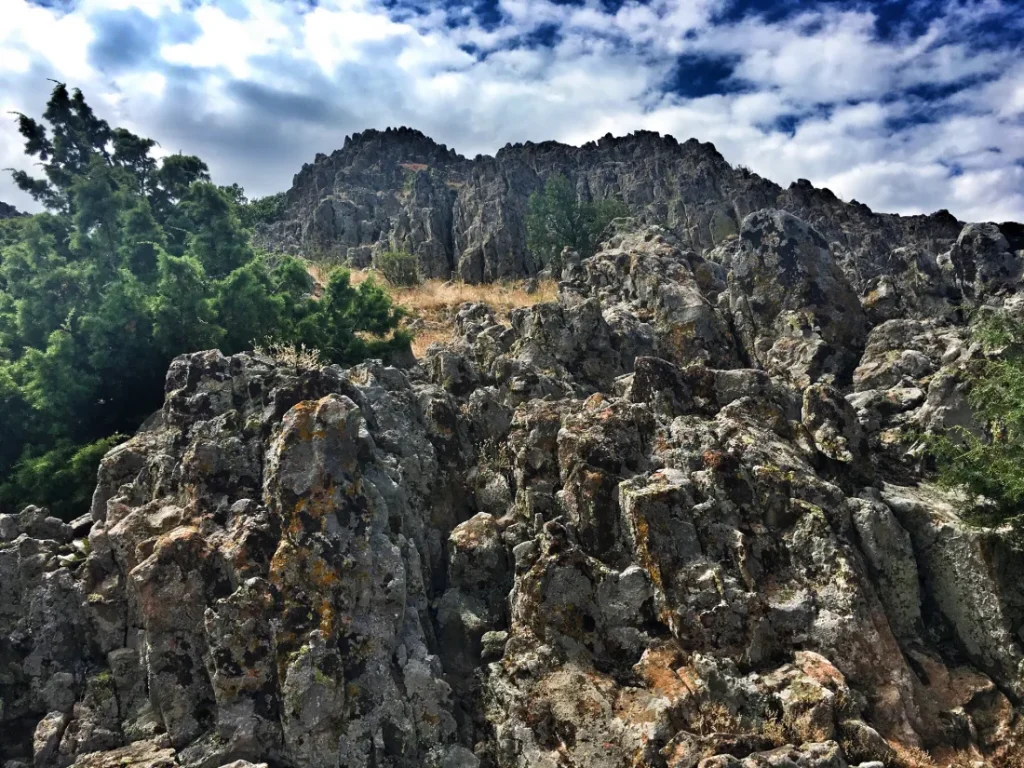
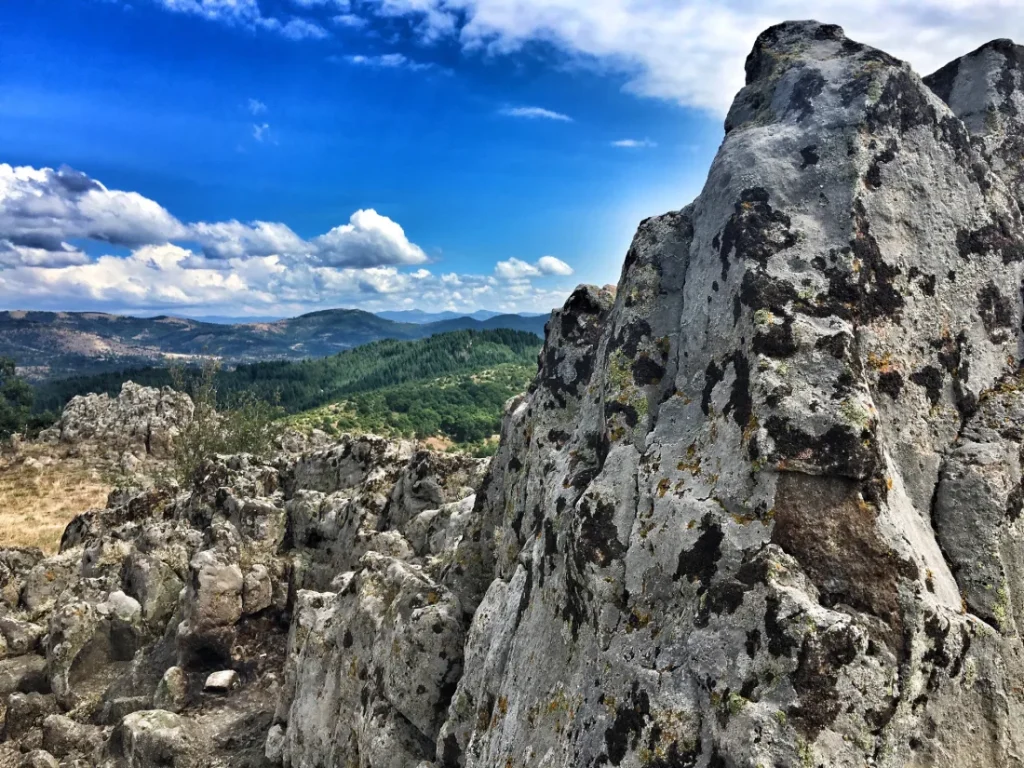
Around this 4,000 year old site – which if you can believe it was only discovered in 2001 – ancient artifacts from the Bronze Age and Iron Age have been found like axes, ceramic figurines, pottery, and amulets, many of which can be seen in the National Museum of Kumanovo. Kokino is believed to have been a highly sacred site used not only for religious rituals, but also as an astronomical observatory where super old tribal human beings used to monitor the cycles of the sun and moon using various markers carved into the volcanic rock formations on the top of Tatićev Kamen.
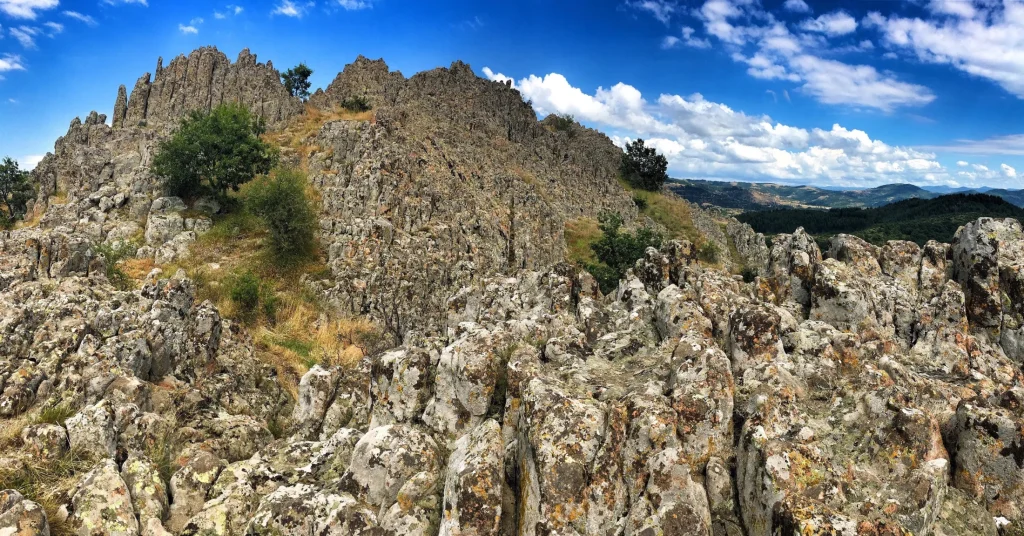
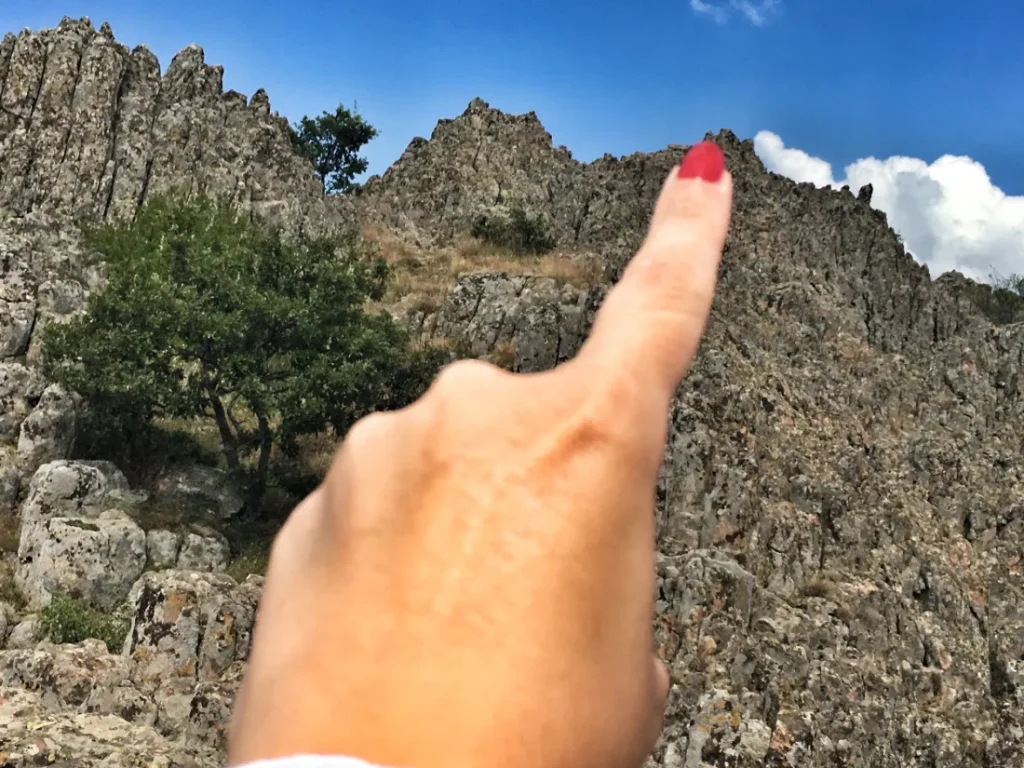
Basically these tribal folk would sit back on their huge stone thrones (see my awesome guide Vasilika Dimitrovska from HAEMUS posing on the main one below) and observe the different positions of the sun, moon and Aldebaran star in order to measure time and create calendars to live, work, and perform their rituals by.
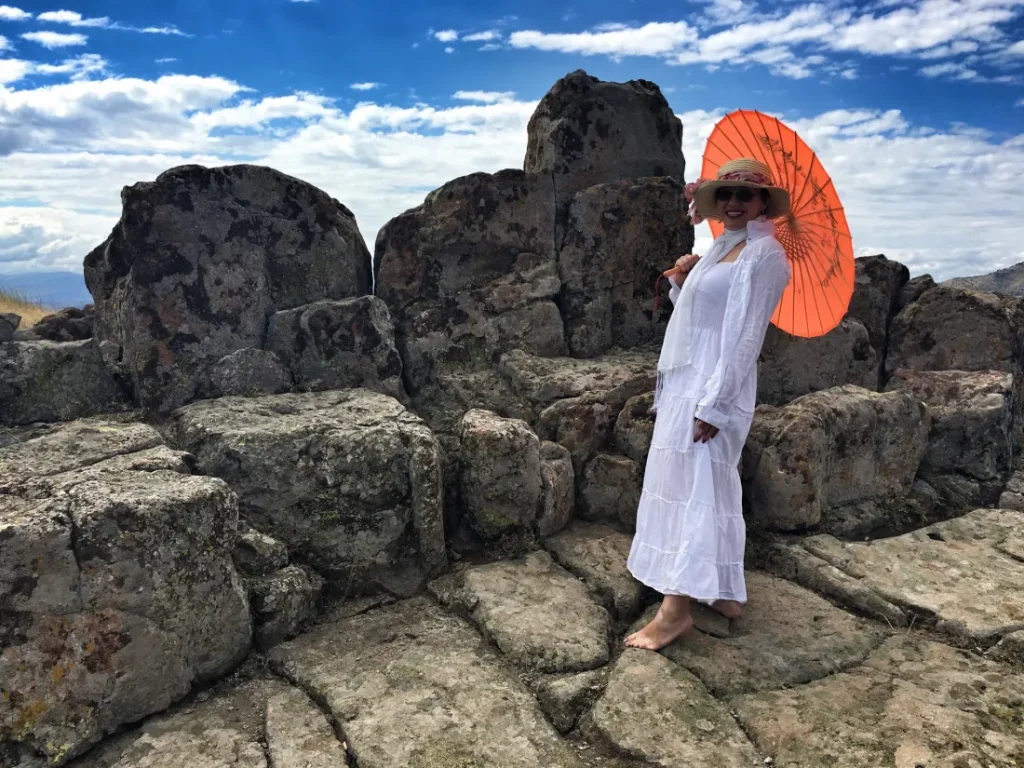
Even if you’re not into all this prehistoric hocus-pocus, it’s really an amazing spot to climb up to and get a 360 degree view of the Northeastern Planning Region with well-marked trails (and even an app) to keep you from getting too lost and confused. Again, unless you like walking a lot or feel up to biking, a car or taxi is really the only way to get you there in a reasonable amount of time and you’ll want to give yourself an hour or two to take it all in.
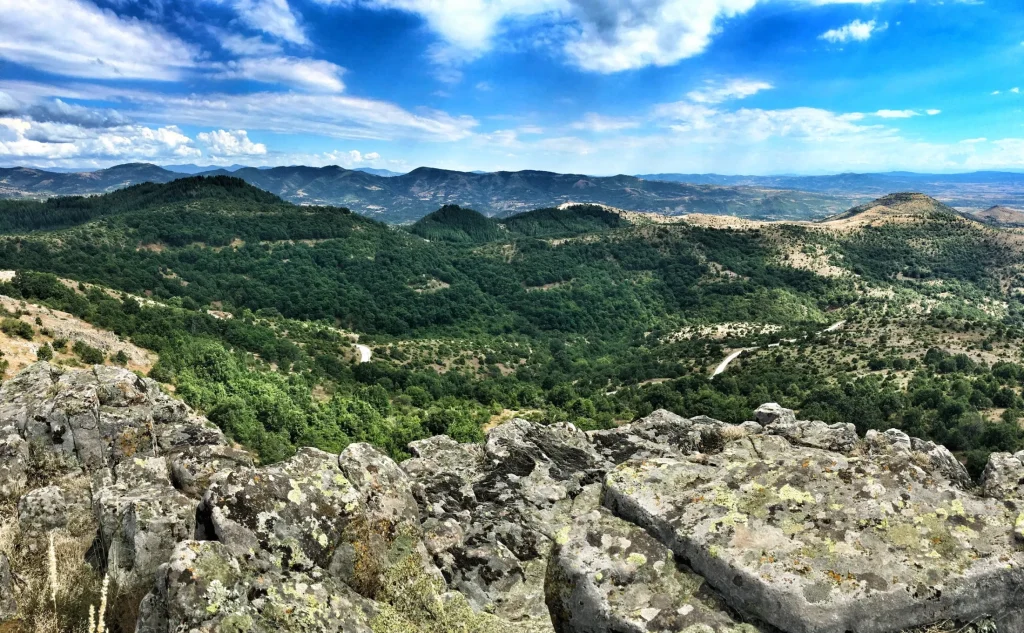
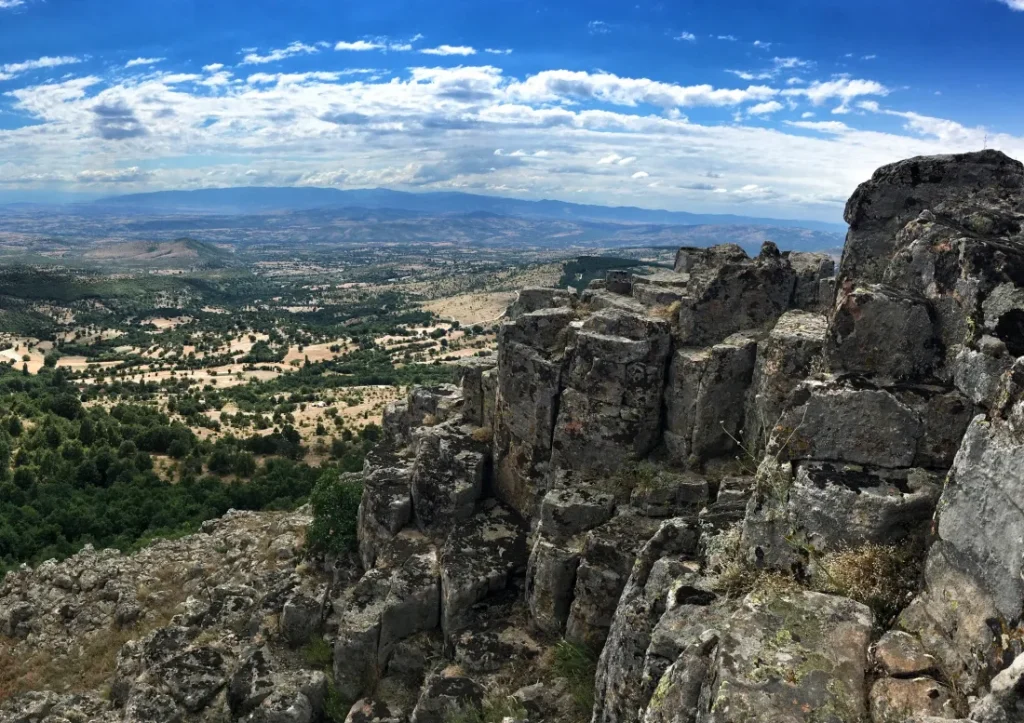
Kriva Palanka
Heading east from the village of Kokino on the E-871 towards Bulgaria is Kriva Palanka, another small municipality with an incredibly beautiful (and hidden-ish) secret: Osogovo Monastery.
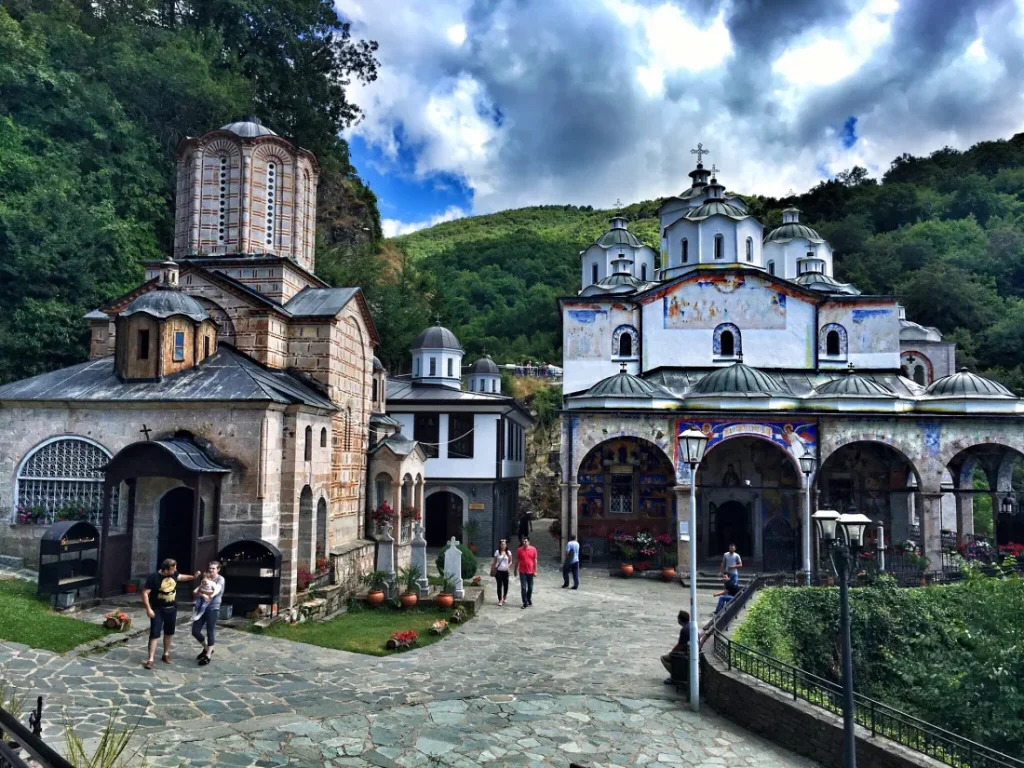
Tucked back up 825 meters high on Osogovo Mountain and literally 16 kilometers from the Bulgarian border, I basically found my new favorite church in all of Macedonia – Church of St. Joachim of Osogovo – and a pretty pleasant lunch/beer spot that is worth the 1.5 hour trip from Skopje alone.
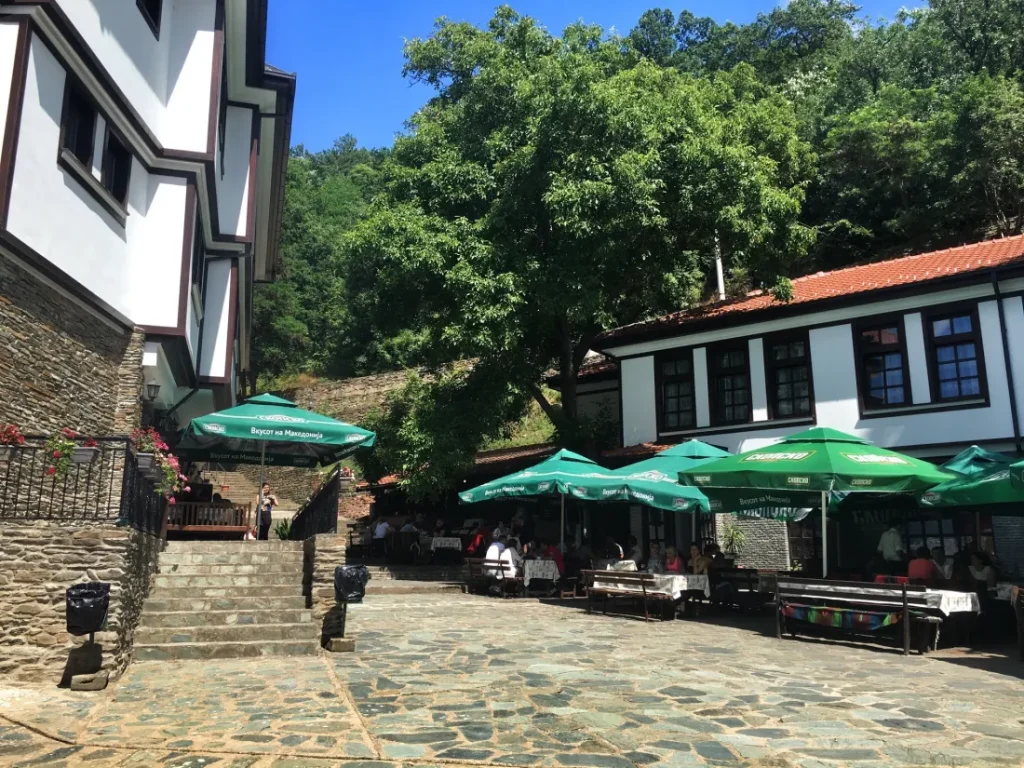
Nevermind the stunning scenery that surrounds it and the cute little Church of the Holy Mother of God that sits just beside, what will really blow your mind are all the incredibly colorful frescoes – and I am not just talking about the hues. Don’t know where else you can find images of such a happy devil chilling, Jesus with laser beam eyes, a goat reading a book, or an apostle holding a baguette…but for sure you can in this place, and guaranteed your neck will be hurting from staring up so long checking all the details. While the monastery dates back to the 12th century, the Church of the Holy Mother of God was rebuilt in the 14th century and Church of St. Joachim of Osogovo in the mid-19th century. Apparently in the summer it is the venue for an art academy and architecture school, but on the day that I visited I didn’t notice any students – just some families hanging around taking advantage of this incredibly tranquil part of the country.
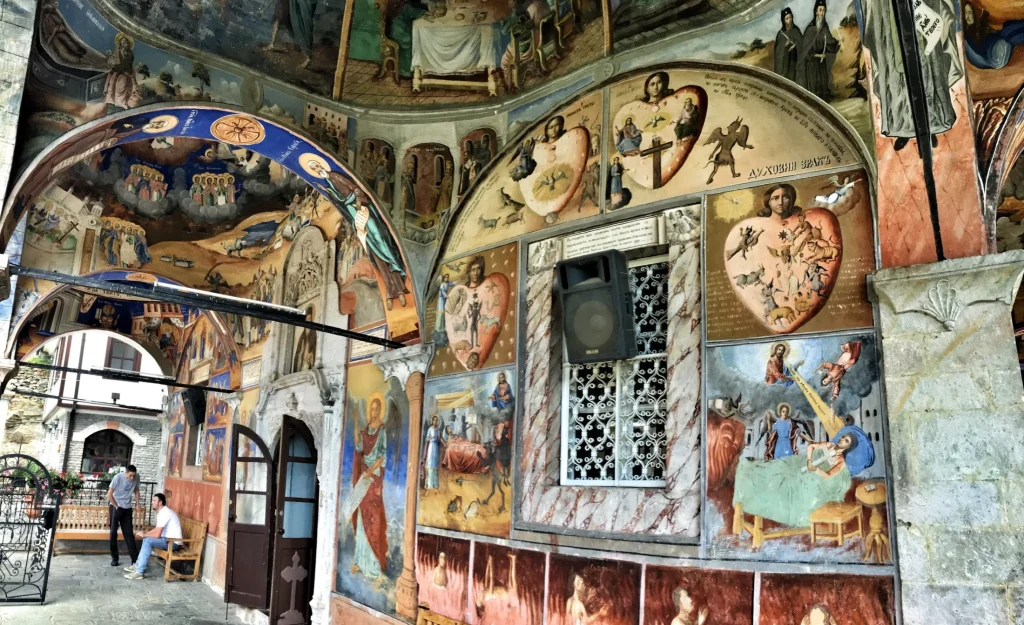
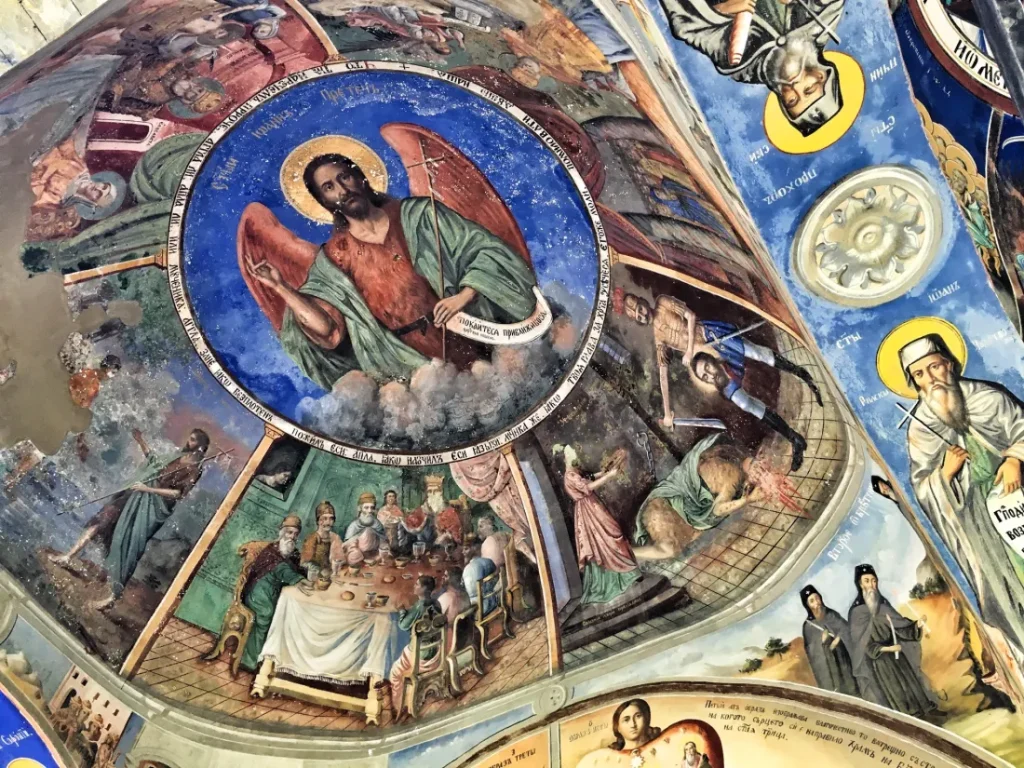
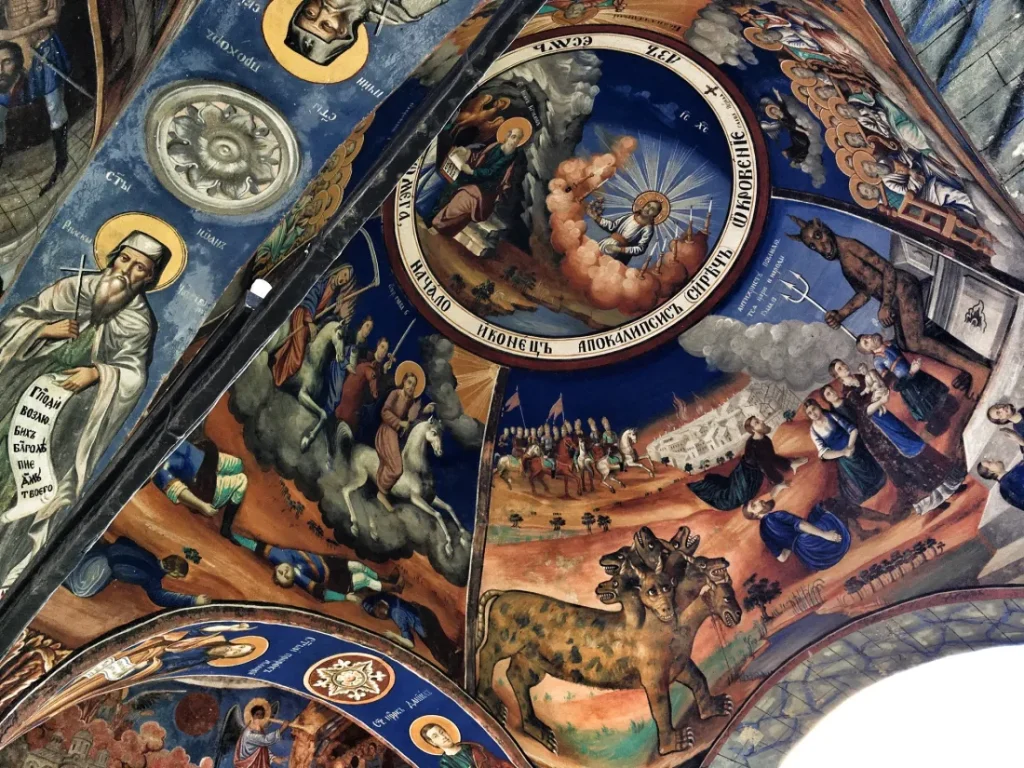
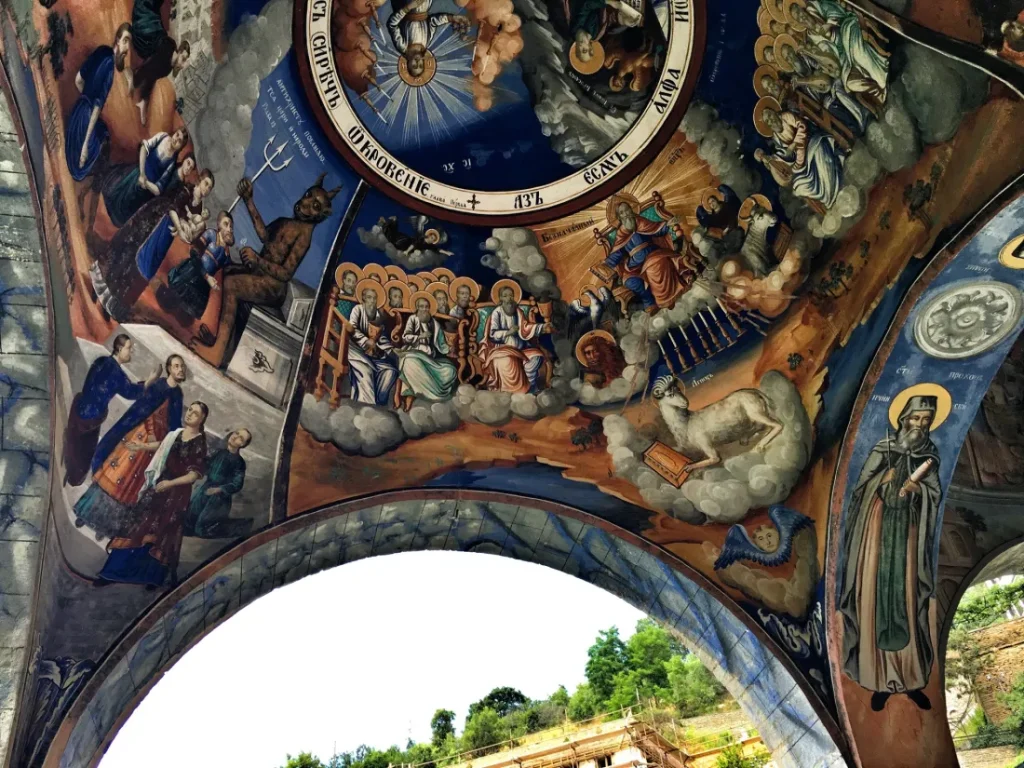
Kratovo
South of Kokino and Kriva Palanka is another very special K that you’ve probably never heard of: Kratovo. The medieval museum town of bridges, towers and secret underground tunnels where the amount of pastrmajlija being sold probably outnumber the amount of tourists visiting there on any given day.
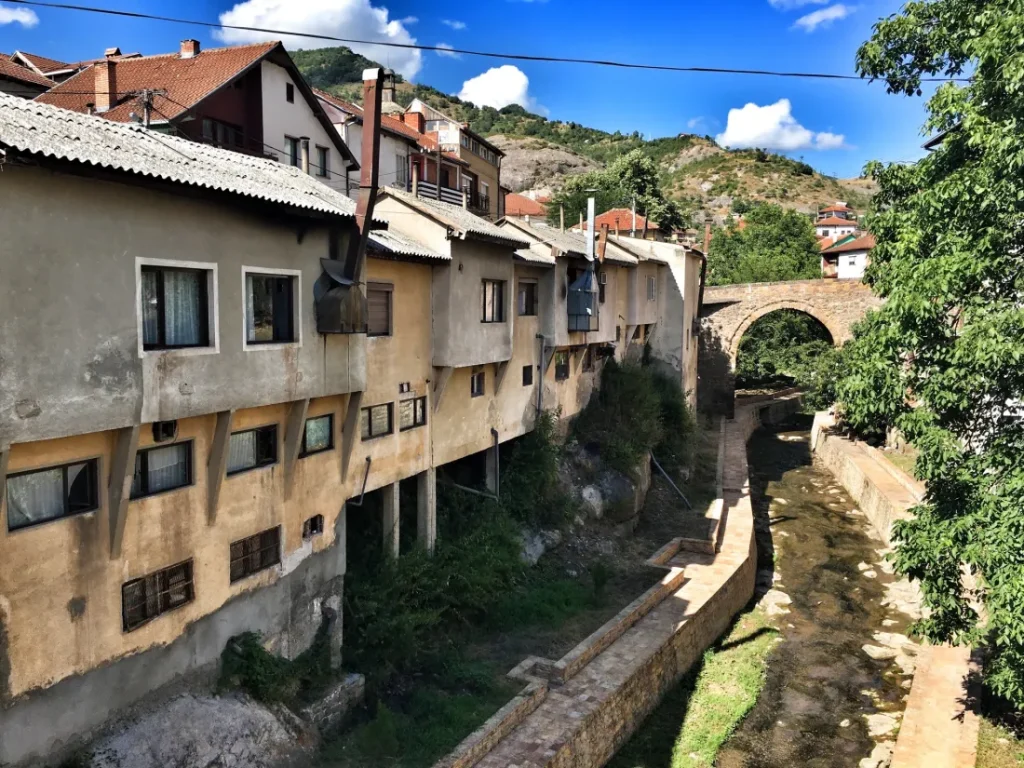
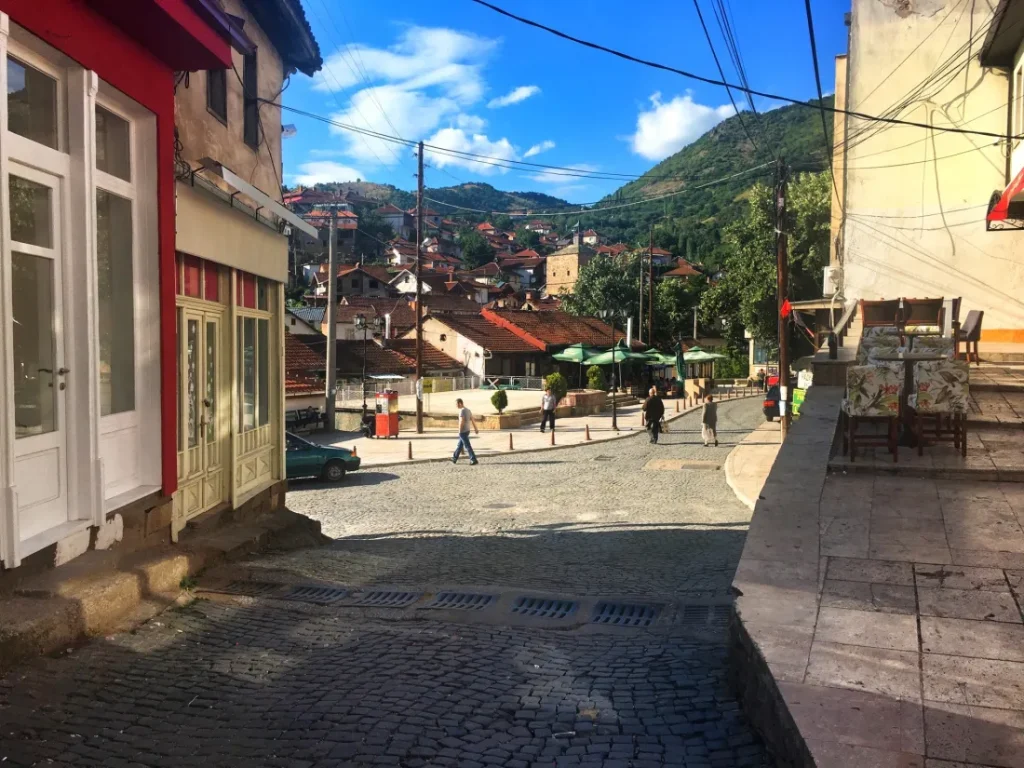
Ok, maybe that is a stretch, and to be fair, I did experience it on the quietest day of the week (Sunday), but seriously, why had I never heard about this place before? It was very reminiscent of another magical Macedonian town that I love called Kruševo which I have yet to write much about yet, only recommend it to the New York Times as a place to go back in 2014. You’re welcome.
UPDATE: I finally did write some more about Kruševo, one of my favorite little hideaways in Macedonia, which you can read here…
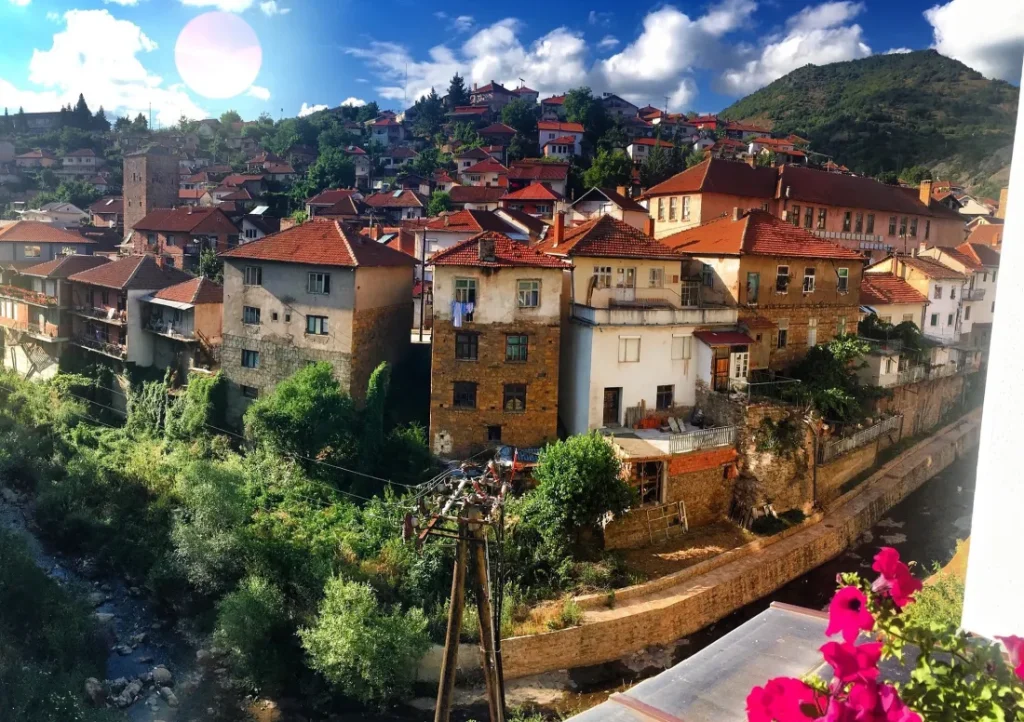
Built also into the hills and in the shape of an amphitheater, Kratovo is an extremely old settlement having even been mentioned in Homer’s “Iliad” in the 4th century B.C. when the Peoni people (a Thracian tribe) were hanging around there most probably swimming in lead, zinc, silver, gold, copper, iron, coal, etc. The area is extremely rich in minerals which basically lead to it flourishing as an important medieval mining town with a little help from the Saxons beginning in the 13th century. The Turks then came and conquered it at the end of the 14th century, and by the 16th century, it was the largest mining center in the European part of the Ottoman Empire where even the Sultan felt it appropriate to have his coins minted. You can definitely catch some of those lingering Ottoman vibes in the very heart of Kratovo wandering around Ajduchki Bazaar, though not much else remains…or does it?
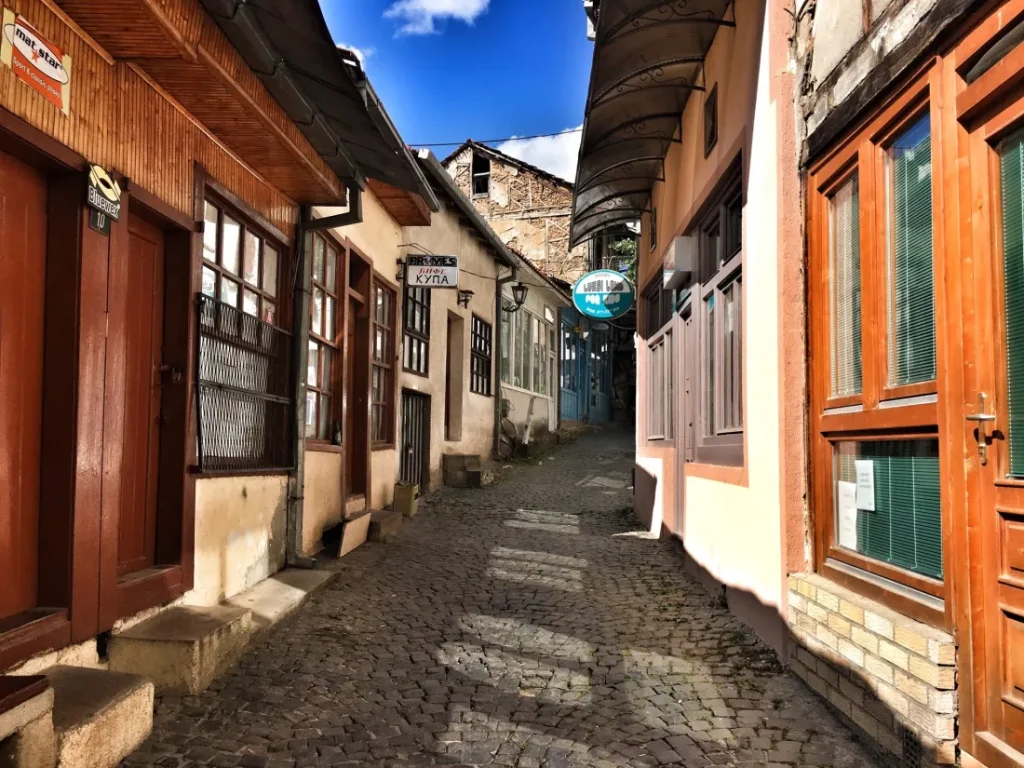

It’s debatable and therefore basically unknown how many of its original 13 towers, of which only six remain, were built after the Ottoman occupation or by Kratovo’s previous ruler, Kostadin Dejanov, but either way, they are impressive and couple of them newly renovated and accessible (the Clock Tower and Zlatko Tower) if you arrange ahead of time with the Museum of Kratovo.
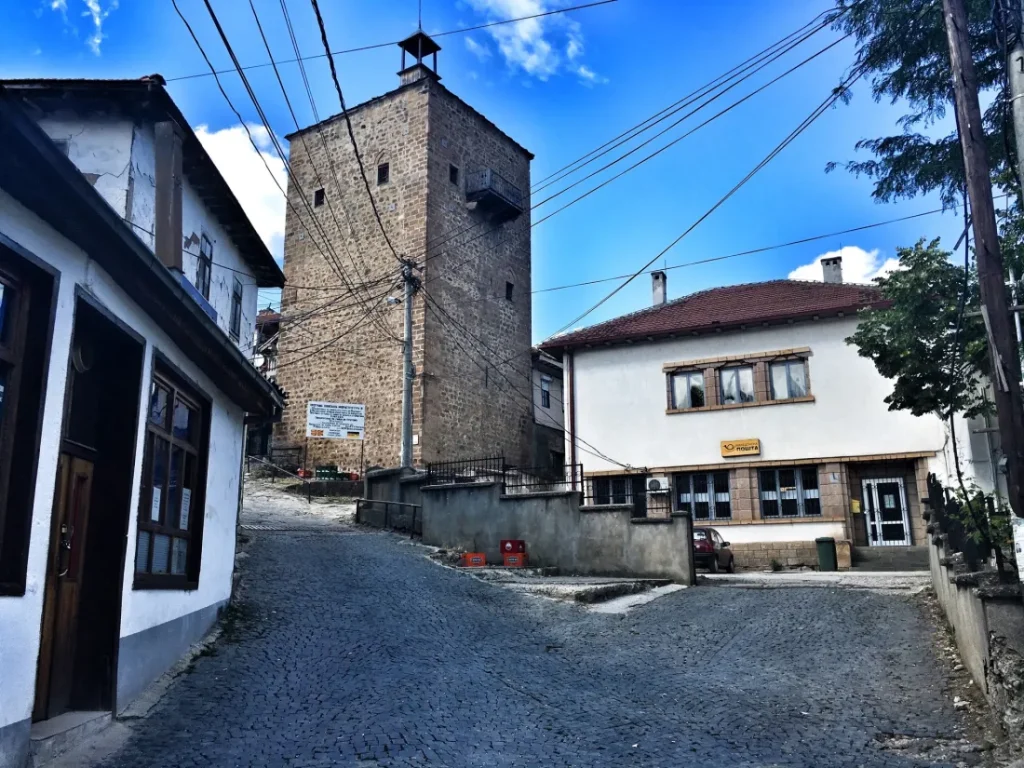
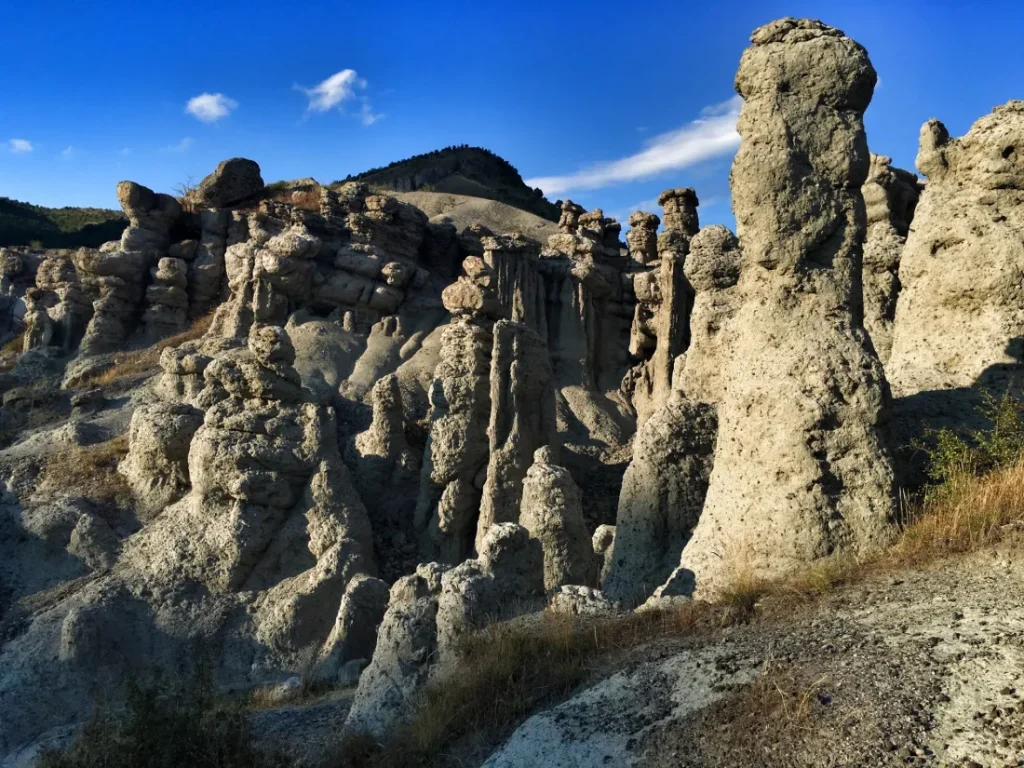
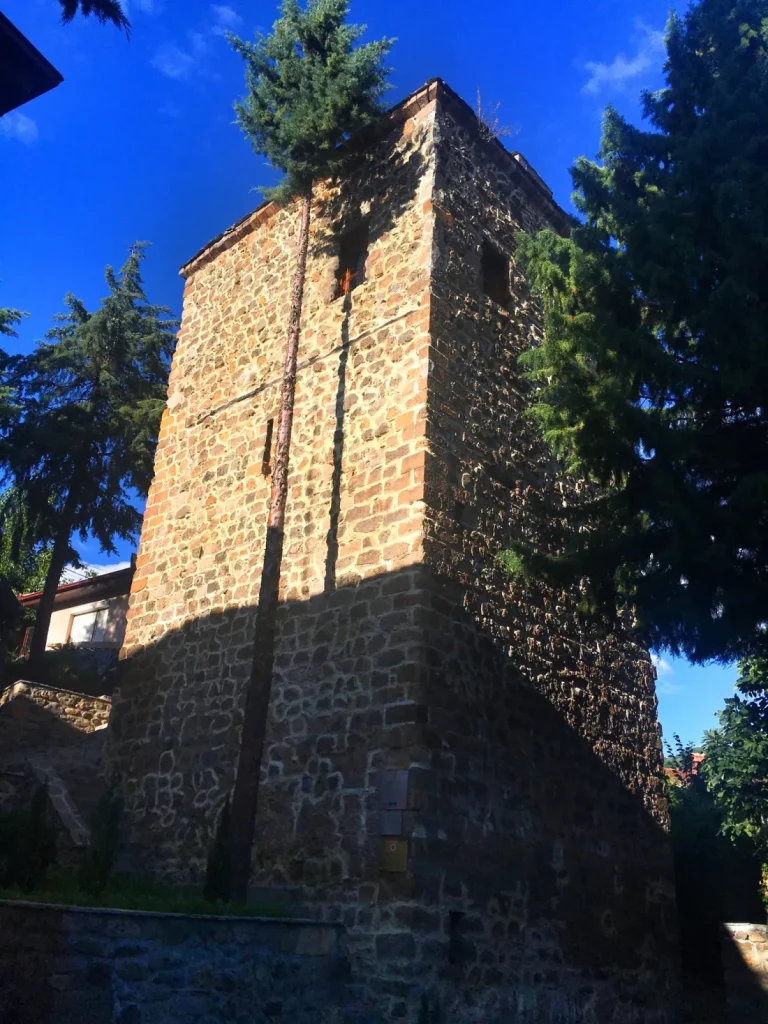
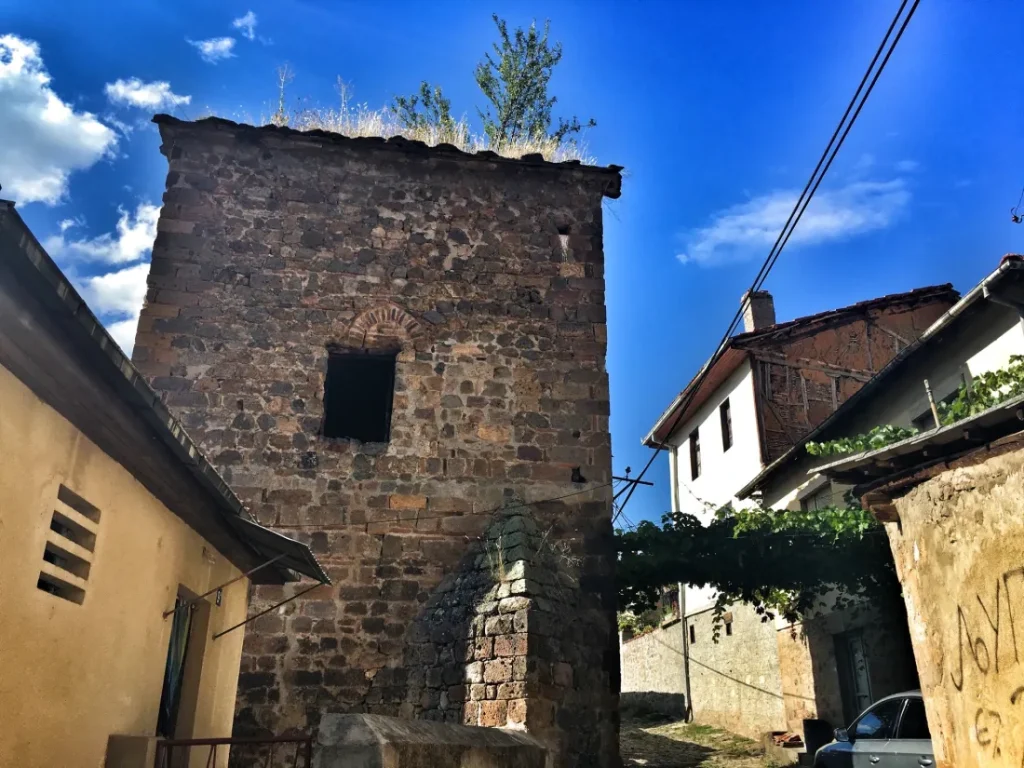
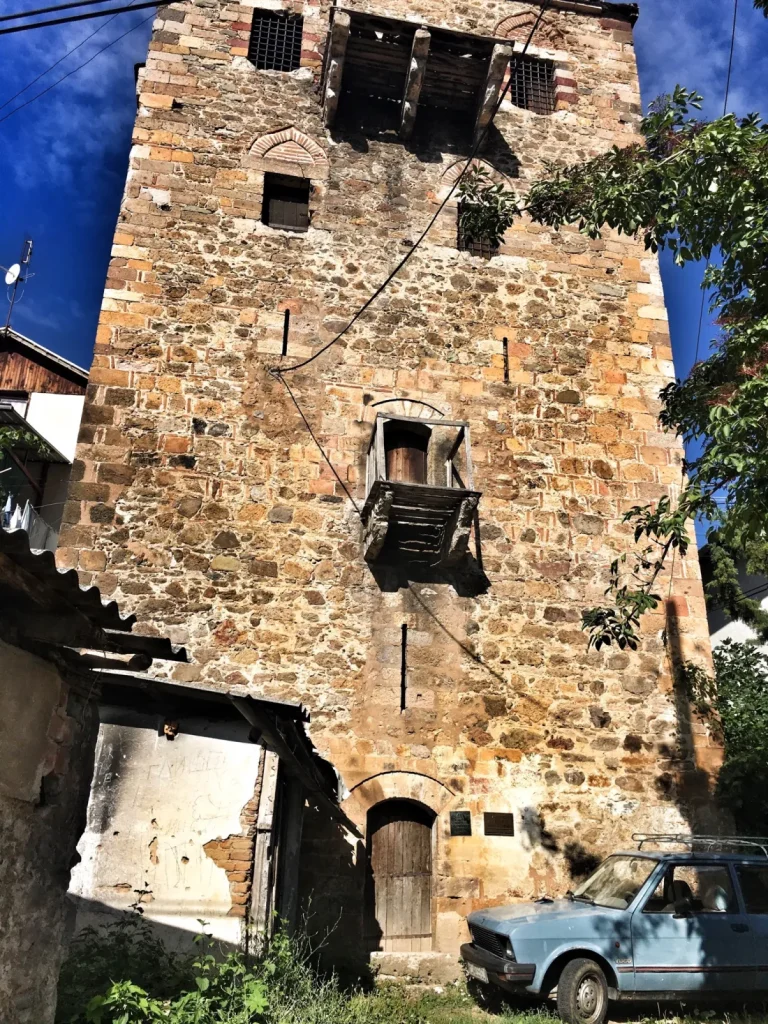
The picturesque bridges that connect the parts of the town separated by the small rivers that run through are from the 18th and 19th centuries, and each come with their own interesting history or legend. They say there is an entire set of underground tunnels connecting all the towers in town, but they are yet to be open to the public. More or less, Kratovo is just getting started in terms of fine tuning and promoting all of its offerings for tourists, so now is the best time to come if you want to experience a true museum town – not a calculated one. I’d say it is also the best place in the northeast to base yourself in terms of accommodation options if you do decide to take your time seeing this part of Macedonia.
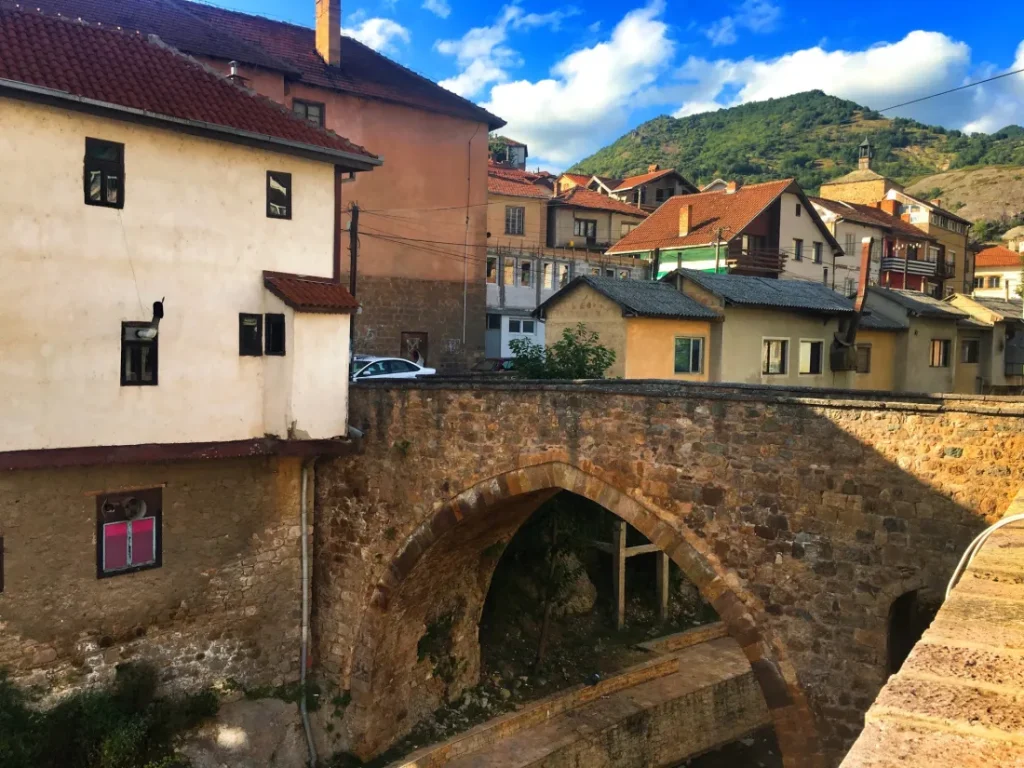
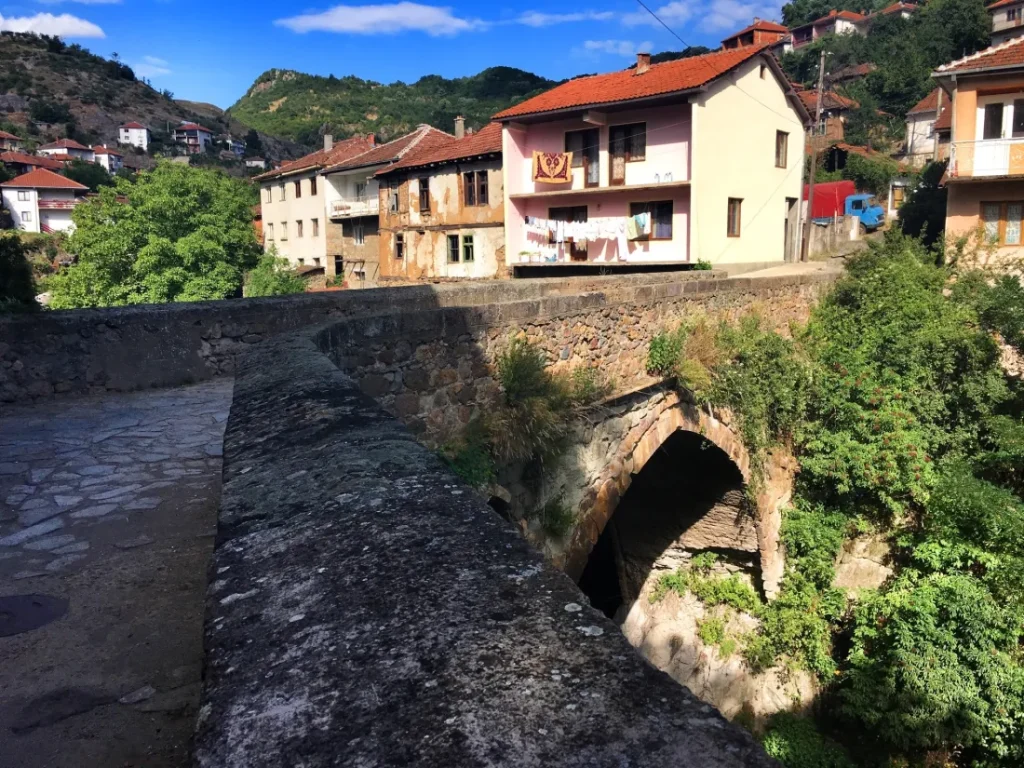
Kuklica
Last but not least on this K-tastic voyage is Kuklica, and more specifically Kameni Kukli (Stone Dolls). This mini Cappadocia of Macedonia is just 10 kilometers from Kratovo down a road which I’m sure has seen better days, but believe me, worth the semi-off road adventure to be a guest of its very “Happy Wedding”.

The legend goes there was a guy who scheduled two weddings with two different brides on the same day (what an a-hole), though in the end, went with only one as Mormonism wasn’t big back then. As the wedding was taking place, the rejected bride ran there knowing very well that it was bad luck for two brides to see each other which essentially cursed them and they all turned into stone. Sounds more like a Depressing Wedding to me, but this is where the name comes from, and I guess if you look at it long enough you can see how these interesting rock formations could represent a geological wedding party.
As I said once before, too many Ks and not enough tourists. My road trip around these parts took place on a sunny July weekend, and by the end, I could count on less than two hands the amount of international tourists I ran into in all of the places combined which is kind of unbelievable. So close to Skopje, yet so far away from whatever tourist trail may exist in the country, so definitely make sure to put these places on your list if an authentic Macedonian experience is what you are looking for.

